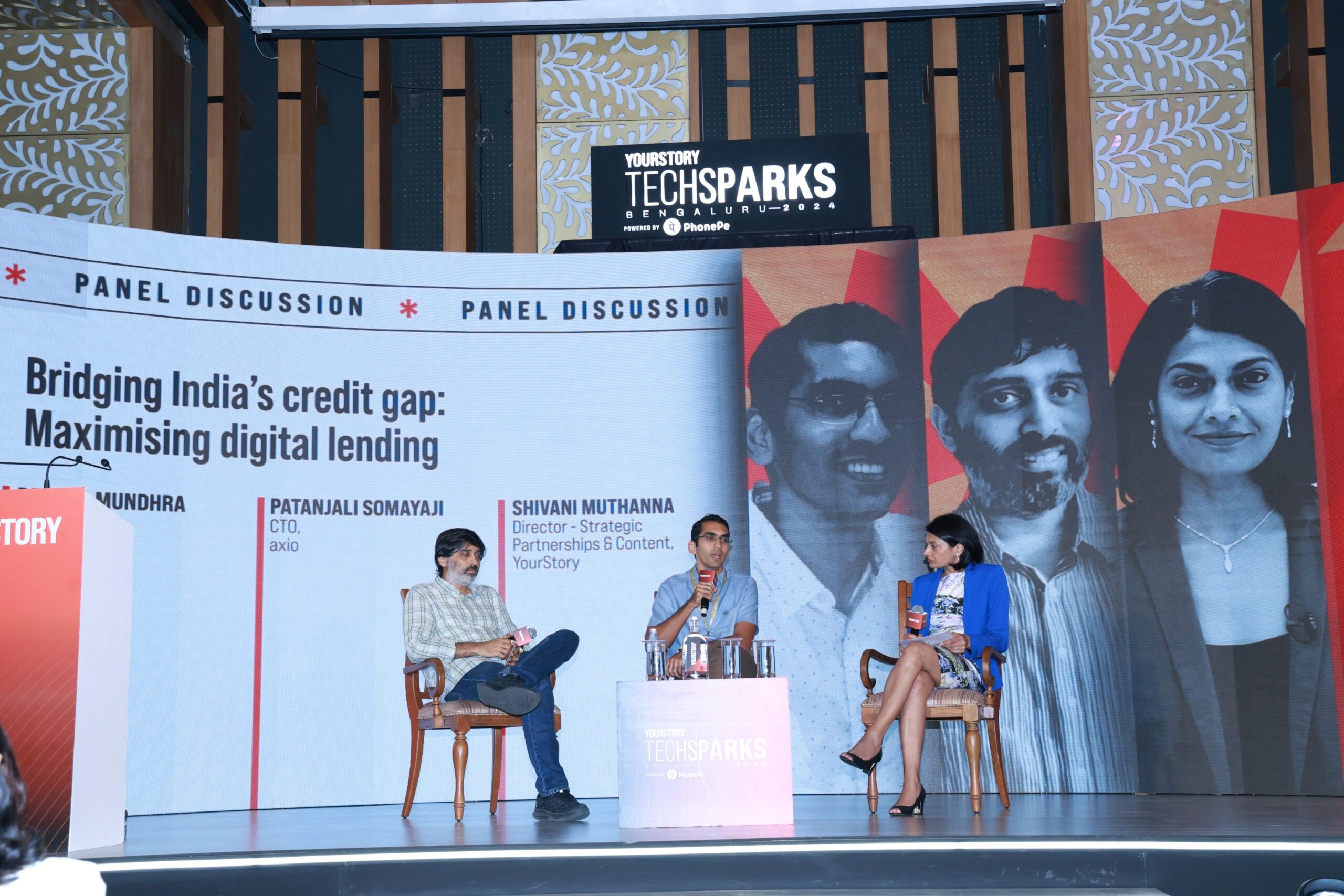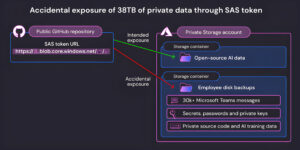Digital lending platforms are revolutionising credit access in India, tackling the credit gap that has long hindered economic growth. As one of the fastest-growing economies globally, India still grapples with significant financing challenges, particularly for micro, small, and medium enterprises (MSMEs) and underserved communities. Traditional lending often overlooks these groups due to stringent credit evaluations and limited outreach.
A panel discussion at TechSparks 2024, titled ‘Bridging India’s Credit Gap: Maximising Digital Lending’, featured industry experts who explored the transformative impact of digital lending on credit access. The panel included Devang Mundhra, CTO of KredX, and Patanjali Somayaji, CTO of axio, who are pioneering the use of technology for financial inclusion in India.
The current landscape of credit in India
Devang Mundhra opened the discussion by emphasising the vastness of India’s credit gap, which he described as “huge”. Estimates suggest a shortfall of $1 trillion to $2 trillion, particularly affecting MSMEs which represent about 30% of the economy but face low credit penetration.
“We are banking on the growth of India to help us grow as well,” he remarked, highlighting the link between national economic growth and supply chain finance.
Patanjali Somayaji complemented this perspective by discussing axio’s mission to redefine creditworthiness. “For too long, the world has obsessed over who is creditworthy. It is now time to make credit worthy for all,” he asserted, challenging traditional views and aiming to broaden credit access for those struggling to secure loans due to insufficient credit histories.
Innovative solutions for financial inclusion
The panellists shared insights into their companies’ strategies for reaching underserved populations. Devang explained KredX’s approach to trust-based lending: “If we could trust these companies, then we could trust the people working with them,” he said, underscoring how established firms can facilitate credit for smaller enterprises.
Patanjali highlighted axio’s commitment to promoting responsible credit usage, especially among Gen Z consumers. “We want to enable Gen Z to use credit wisely and responsibly,” he noted. Their Buy Now Pay Later (BNPL) product exemplifies this approach, allowing users to start small and gradually build their credit profiles.
The role of technology in reshaping lending
As the conversation shifted to the role of technology in lending, both speakers acknowledged the infrastructure provided by the Indian government. Patanjali said, “A lot of fintech in India has been built on what we would say is a public stack,” emphasising the need for collaboration between public initiatives and private sector innovation to drive growth.
Devang recognised the ongoing challenges faced by MSMEs in leveraging digital infrastructure, pointing out that “unfortunately, on the MSME side, that has not made a big impact”. He suggested that further improvements are necessary to enhance lending processes for these businesses.
A vision for tomorrow
Both speakers conveyed optimism about the future of digital lending in India. Devang identified invoice discounting as a crucial solution for working capital needs: “I really do feel that invoice discounting is the best product for working capital because the financing is done at an invoice level.” This strategy allows businesses to manage cash flow more effectively, particularly in a rapidly changing economic environment.
Patanjali concluded with a forward-looking vision, emphasising the continued need for innovation in lending. “We still have a lot of stacks to build,” he said, highlighting the potential for further development within the digital lending ecosystem.
Digital lending platforms are playing a pivotal role in reshaping credit access in India. With a focus on financial inclusion and innovative technology, industry leaders like Devang Mundhra and Patanjali Somayaji are driving significant change. Their insights reveal that the future of lending in India is not solely about expanding access to credit; it’s about creating a system where everyone has the opportunity to thrive financially. Making credit worthy for all may no longer be a distant dream but a tangible goal within reach.
Watch the full video here.











